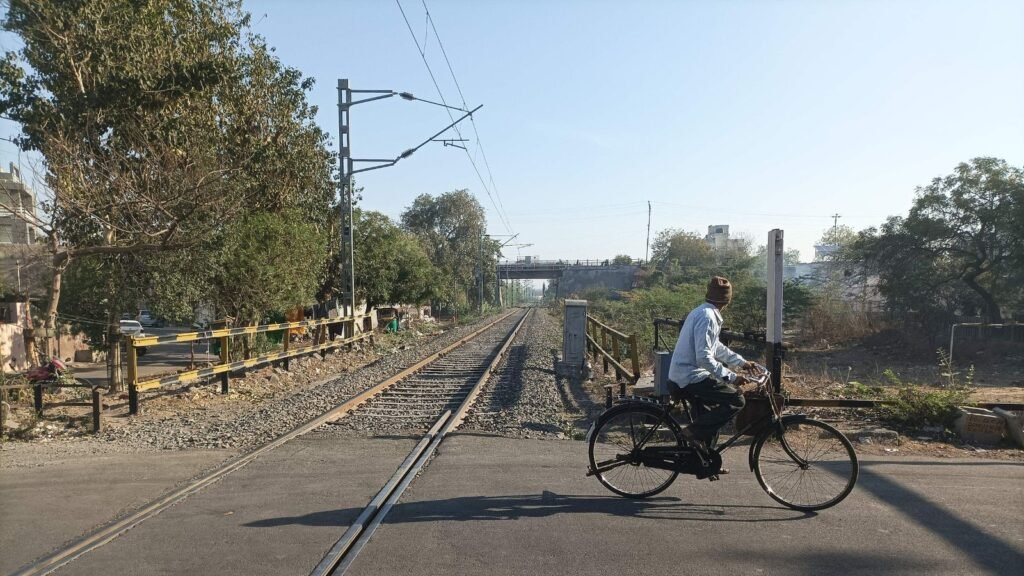A day after a passenger train collided with a school van at a level crossing in Tamil Nadu’s Cuddalore district, killing three children, Railways Minister Ashwini Vaishnaw Wednesday directed that a CCTV system should be provided at all level crossings along with the necessary recording systems.
Along with this, the traffic volume threshold for interlocking works has been lowered to 10,000, so that more level crossings can be equipped with interlocking facilities.
Officials said that Vaishnaw reviewed the critical railway safety matters, where a decision was taken to implement 11 key actions regarding the level crossings.
“Now, all LC (level crossing) gates will be covered with CCTV systems, so that such incidents can be avoided. It will be implemented in priority mode. The power supply to CCTV will be based on solar panels, battery back-up, UPS, etc in addition to commercial supply,” said a senior Railway Ministry official.
The official also said that the interlocking of level crossing gates will be done in fast-track mode.
“Currently, in those level crossings, where the interlocking system is not available, the green signal to the train is given in the direction of the station master. Due to this, many times the train starts moving without the level crossing gate being closed. Thus, the risk of accidents increases. After the interlocking system is in place, the train will not get the green signal unless the level crossing gate is closed. The Minister has directed to involve PSUs of Railways for interlocking works,” said the official.
Under the existing policy, the interlocking of level crossing gates was done where traffic volume or Train Vehicle Unit (TUV) was 20,000. Now this threshold has been lowered to 10,000 TVU, which will cover more level crossings for interlocking works. TUV is a key factor in determining whether a level crossing qualifies for replacement with a Road Over Bridge (ROB) or Road Under Bridge (RUB).
Story continues below this ad
“All gates above 10,000 TVU will be interlocked irrespective of ROB/RUB/LHS plans. All these works will be done with the existing budget, no additional allocation has been made. For non-interlocked gates, a daily random check of voice recordings will be done, at least 2 gates per day per division. Divisional Railway Managers (DRMs) will confirm that the Voice logger system is functional at all non-interlocked gates,” said the official.
The decision taken in the review meeting also includes standardisation and correction of speed breakers and warning boards at all level crossing gates.
“It was also decided that a list of conflict-prone gates, where public pressures or manhandling happens, will be made and RPF/Home Guard deployment will be ensured. A 15-day safety inspection drive on level crossing gates in block sections will start from tomorrow,” said the official.
According to the Railways’ annual plan for 2025-25, a total of ` 706 crore has been allocated for safety works of level crossings and `7,000 crore for ROBs/RUBs. As on April 1, 2024, there were a total of 17,083 manned level crossings, of which 497 manned level crossings were eliminated up to January, 2025 in the last FY.
Story continues below this ad
Under the National Rail Plan, all level crossings are to be replaced with grade separators in phased manner by 2030 on routes envisaged for operation of passenger trains with speed 160-200 kmph.

